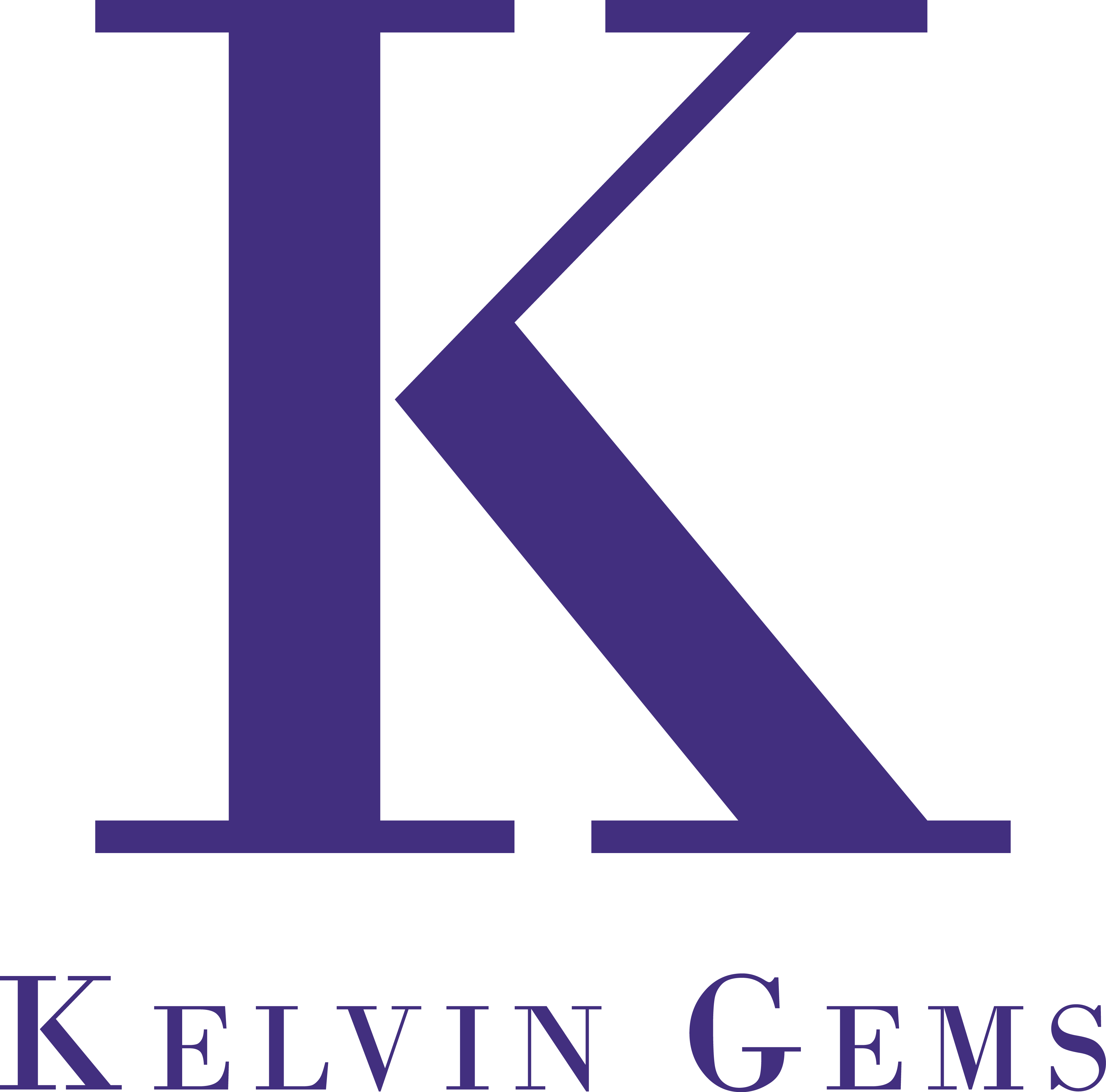Jewellery Blog
【All About Yellow】
Yellow stones correspond to the third chakra (solar plexus), willpower, confidence, and self-expression. Each stone has a different meaning, but the theme with yellow stones is about finding our inner sense of our own power and ability to create results in the real world.
In terms of colour psychology, yellow is seen in many positive lights. This includes the feeling of starting afresh, feelings of happiness, loyalty, enlightenment and energy.
In many cultures, yellow symbolises wealth, health and good luck. It’s also the most attention-grabbing colour, which is why many road signs are fashioned in a bright shade of the hue.
Try yellow stones if we need a boost of assertiveness, creativity, or willpower.
Yellow gemstones are amongst the most popular colours in the world, and the variety of stones on offer can be used in some truly beautiful pieces of jewellery.
【Citrine and Lemon Quartz】
By far, the most popular yellow gemstone is Citrine, the November birthstone and the planetary stone for Virgo. Citrine is also the gemstone for the 13th and 17th year of marriage.
It gets its name from the French word citron, which means lemon, and is known for its refreshingly light yellow-brown hue, and, due to the abundance of quartz in the Earth’s crust, it’s an inexpensive option. Still, this mineral is a durable jewellery stone.
Throughout history, Citrine has been prized for their warmth, beauty and brilliance. It is associated with sunshine and warmth, bringing hope and eliminating negative energies. Because it resonates with joy and positivity, Citrine is also known as the vitamin C of the soul.
High quality Citrine is transparent, while lower grade style, like those used in beading, can have an opaque look to it. Citrine is sometimes mistaken for the more expensive yellow topaz.
Citrine sits at a 7 on the Mohs Scale. It is a member of the quartz family along with onyx, carnelian, and amethyst.
There aren’t many yellow gemstones, and there are even fewer that are affordable. Citrine is a wonderful option that offers a wide range of colour in the yellow spectrum.
【Amber】
Amber is not a birthstone but is commonly linked to Taurus, the zodiac sign for birthdays between 19 April and 20 May. This because Taurus’ zodiac element is earth, and Amber is often sought after because of its earthy tones.
Amber carries the energy of the sun, warmth, and wellbeing. It is nurturing and good for people recovering from illness or who are needing comfort. It can transmute negative or stagnate energies into positive energy like a sunny day lifts the spirits. In this way it can be protective, letting you carry around a bubble of sunshine wherever you go.
Amber is fossilized sap or pitch from trees, and is usually golden brown and translucent. It can contain bits of plant material or insects that were trapped in the sap and became fossilized with it. Amber has been used in jewellery for thousands of years.
Amber is a unique gemstone because it’s not actually a stone, it’s a fossil gem. It’s famed for housing insects and other tiny creatures. Amber starts off as tree sap and then takes over 30 million years to fossilise and become a gemstone.
Apart from occasionally having a fossilised creature preserved inside of it, this yellow gem is well known for its deep yellow hues that can be likened to honey. The deeper the hue, the more expensive the stone will be. Of course, the lighter the hue, the cheaper the price. However, as a whole, amber is still quite affordable.
While affordable, it’s almost impossible to harvest in large quantities. Generally, larger pieces of Amber have been constructed by smaller pieces melted together. It’s also not uncommon for Amber to undergo heat treatments to darken the hue.
【Golden South Sea Pearl】
There is no denying the majesty of pearls – they are formed, often by chance, when an irritant such as a grain of sand works its way into certain species of oysters, clams and mussels. As a means of defence, molluscs secrete a fluid to coat the irritant. As this is repeated, layers are formed around the grain of sand or whatever it may be until a beautiful pearl is formed.
It certainly comes as no surprise then that Golden South Sea Pearls are so popular. The surface of these pearls looks like gold satin and can grow to be quite large. By comparison, an Akoya pearl averages at six or seven millimetres, while Golden South Sea Pearls grow to an average of 13 millimetres.
However, Golden South Sea Pearls are quite rare and as a result, expensive. These days, through the use of modern technology, heat treatments have been developed that can transform ordinary pearls into ones that look like Golden South Sea Pearls. These heat-treated pearls are far less expensive and are used in jewellery manufactured across the world.
They are grown in the gold-lip variety of the Pinctada maxima, South Sea pearl oyster. Their warm, golden tones are completely natural, and no treatments are needed to enjoy the beauty of these luxurious gems.
Golden South Sea pearls, much like white South Sea pearls, are typically larger than other saltwater pearl varieties. Their host shell is the largest pearl-producing oyster, and is able to grow a very large pearl. As with other saltwater oysters, the Pinctada maxima is bead-nucleated. However, the growth period is approximately 2-4 years, unlike the akoya pearls, which develop in one to two years, and Tahitian pearls which develop in under two years.
The deepest golden colour, often referred to as 24 karat, is considered the most valuable colour of all South Sea pearls.
If you would like to learn more about Yellow Gemstones, chat with us, we can always share with you about the details.





